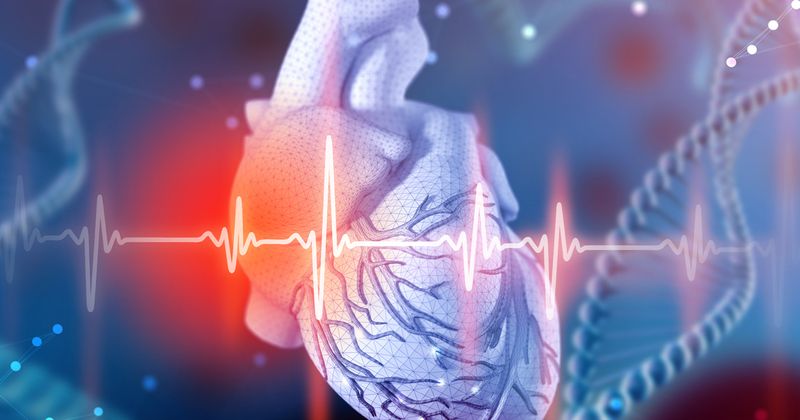Novel pacing system confers favorable clinical response in certain patients with HF
In patients with HF requiring cardiac resynchronization therapy, a left ventricular endocardial pacing system conferred favorable clinical response, according to data presented at Heart Rhythm 2021.
“The purpose of this particular study was to examine the short-term outcomes of the roll-in patients in centers that were using the WiSE-CRT system (EBR Systems) for the first time with no prior implanting experience out here,” Cardiology Today Editorial Board Member Jagmeet P. Singh, MD, DPhil, FACC, FHRS, founding director of the Resynchronization and Advanced Cardiac Therapeutics Program at Massachusetts General Hospital and professor of medicine at Harvard Medical School, told Healio. “This was a prospective, open-label, single-arm multicenter study. And the endpoints for the study were primarily to look at primary safety endpoints, type 1 complications, and also the primary efficacy endpoints, which was to examine the mean percent change in the left ventricular end-systolic volume and the number of subjects with improvement in left ventricular and systolic volume and diastolic volume and ejection fraction.”

For the SOLVE-CRT trial, the researchers enrolled 31 patients (mean age, 66 years; 42% women) with HF indicated for CRT who were previous nonresponders to CRT, considered previously untreatable or deemed too high-risk for conventional transvenous CRT upgrade of an implantable cardioverter defibrillator. The findings were simultaneously published in HeartRhythm.

“The Wise-CRT system ... is a unique disruptive pacing strategy that involves putting a left ventricular electrode into the LV endocardium transfemorally or transeptally,” Singh told Healio. “Along with this, there a subcutaneous implant of an ultrasound transmitter and the ultrasound transmitter sends ultrasonic waves — this is battery-powered — to the LV electrode. Endocardially, this is converted into electrical energy and paces the heart.”
There were two device-related acute complications, one device-related subacute complications and six procedure-related complications, Singh said at a press conference.
“The three complications of note were a superficial infection, treated with antibiotics; an electrode dislodgement that was subsequently appropriately snared and another LV endocardial electrode was implanted; and reduced LV capture that was corrected by repositioning the transmitter,” Singh told Healio.
At 6 months, mean LVEF improved by 5.2% (P < .001), LV end-systolic volume declined by a mean of 20.5 mL (P = .0017) and LV end-diastolic volume declined by a mean of 23.7 mL (P = .0004), Singh said.
“The results showed that the LV endocardial electrode can be safely implanted in all these patients with no deaths and no significant cardiac tamponade or pericardial effusions in any of these patients,” Singh told Healio. “With respect to the efficacy endpoint, the majority of the patients actually showed an improvement in their rejection fraction and diastolic volume in end-systolic volume. And along with this, there was an improvement in their heart failure symptoms, primarily an improvement in their NYHA class, as well as their [Kansas City Cardiomyopathy Questionnaire] scores. So overall, the results looked great. Hopefully, over the course of the next 12 months, we will finish recruitment for the final phase of the study to further confirm the primary safety and efficacy endpoints that we saw with the roll-in patients. And we may have the final results for the next HRS conference.”
Reference:


